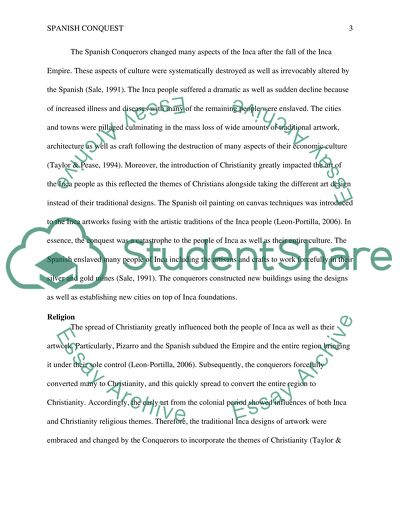Cite this document
(“The Spanish Conquest and its aftermath/legacy Essay”, n.d.)
Retrieved from https://studentshare.org/anthropology/1697721-the-spanish-conquest-and-its-aftermathlegacy
Retrieved from https://studentshare.org/anthropology/1697721-the-spanish-conquest-and-its-aftermathlegacy
(The Spanish Conquest and Its aftermath/Legacy Essay)
https://studentshare.org/anthropology/1697721-the-spanish-conquest-and-its-aftermathlegacy.
https://studentshare.org/anthropology/1697721-the-spanish-conquest-and-its-aftermathlegacy.
“The Spanish Conquest and Its aftermath/Legacy Essay”, n.d. https://studentshare.org/anthropology/1697721-the-spanish-conquest-and-its-aftermathlegacy.


